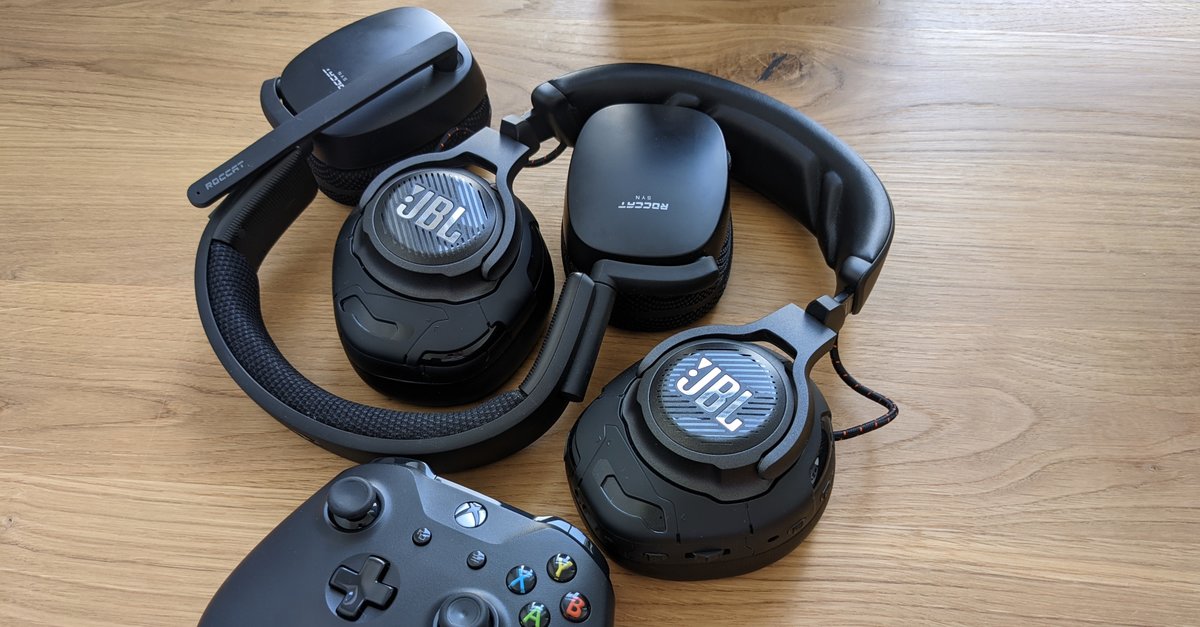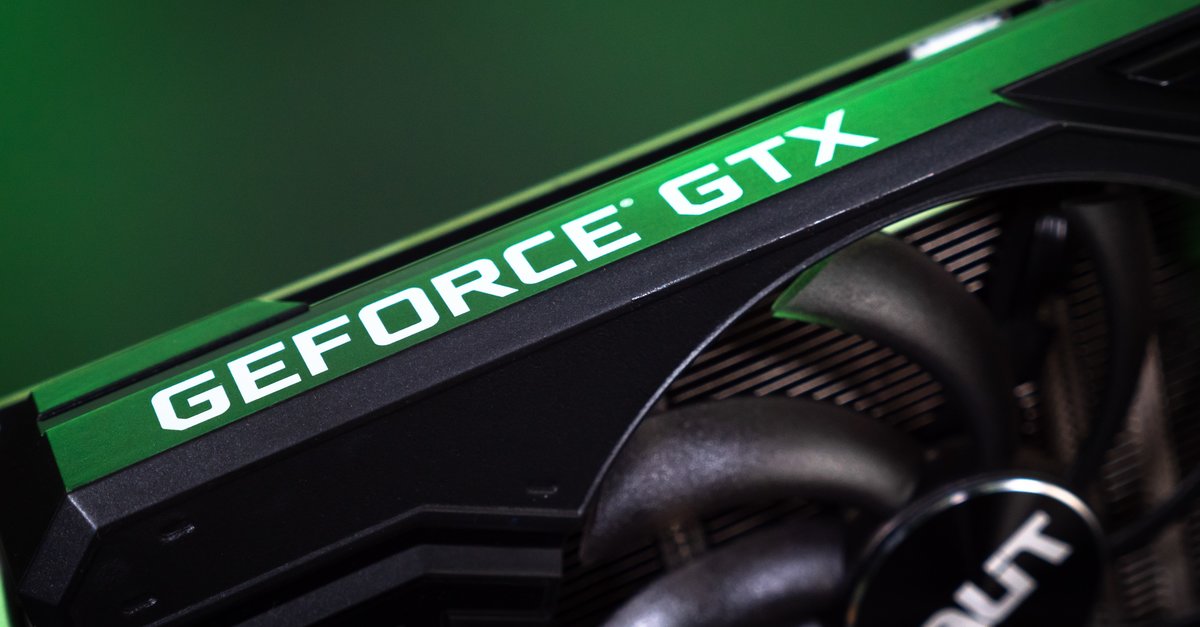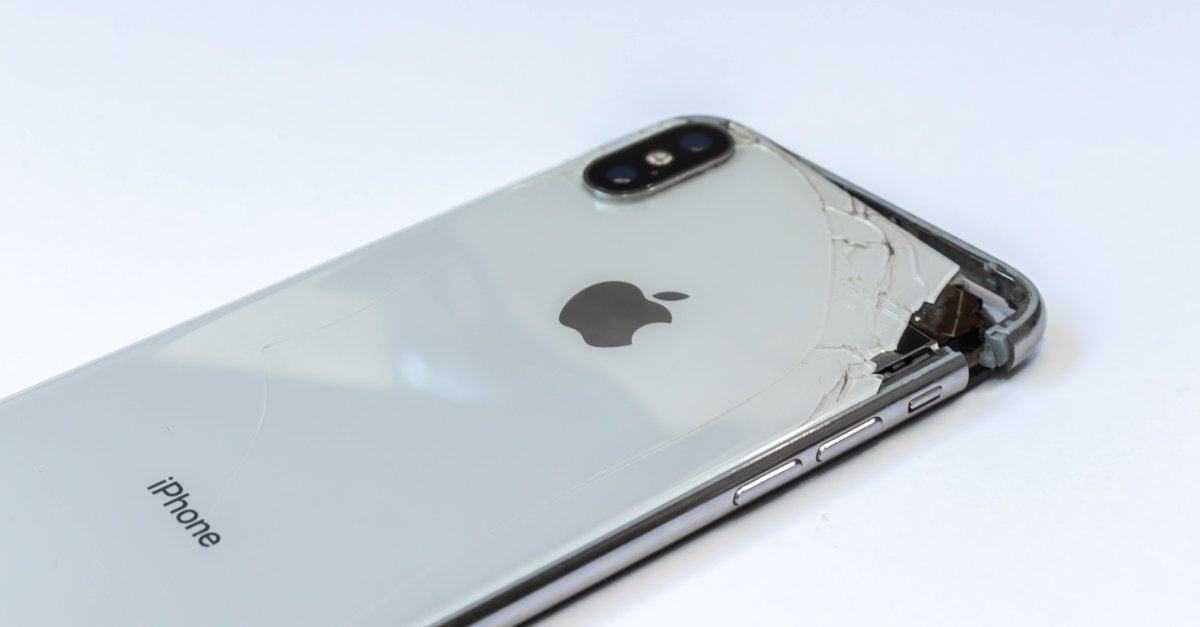JBL Quantum ONE and Co. are really that good
More and more gaming headsets promise breathtaking surround sound. Increased immersion and the decisive advantage in competitive matches are the main arguments for the technology. But what is it about the virtual 3D sound? We tried different headphones and we can tell you which ones are really worthwhile.
Contents
JBL Quantum ONE vs. Roccat Syn Pro Air
Almost every well-known manufacturer now has at least one gaming headset in its range that still has a very new feature: 3D audio – i.e. virtual surround sound or surround sound. The two headsets JBL Quantum ONE (view on Amazon) and Roccat Syn Pro Air (view at Amazon) have exactly this technology, but still differ quite a bit from each other in some points.
I was allowed to try out both headsets for a long time and focused primarily on how the virtual surround sound affects my everyday gaming experience.
Gaming headsets with 3D audio: useful or just a gimmick?
Both gaming headsets promise the same thing with their respective implementation of the virtual room sound: More immersion in gaming and at the same time better perceive the game environment and opponents in order to have the decisive advantage in the heat of the moment.
In the case of the JBL Quantum ONE, the technology is called “QuantumSPHERE 360” – here the virtual surround sound has been supplemented by head tracking, which you previously calibrated using the microphone supplied. The wireless Roccat Syn Pro Air also advertises so-called “Superhuman Hearing”, which, depending on the activated profile, amplifies certain sounds in the game using software – your very own spider sense, so to speak.
In both cases it is a question of virtual surround sound, which is simulated by means of a built-in sound card and associated software. I tried out exactly what that means with the first-person shooter Doom: Eternal, the space simulation Everspace 2 and the well-known MOBA League of Legends. Unfortunately, disillusionment quickly spread here.
Virtual surround sound: unnatural and sobering
It was clear to me from the start that simulated surround sound could by no means compete with that of a real surround sound system. And of course the listening experience is a very individual one, so my experiences don’t have to mean that you feel it exactly the same way. But no matter which setting I chose, the end result just didn’t sound good. The 3D sound often seemed totally unnatural, so I usually deactivated it again immediately. The bottom line here is me in this area both headsets equally disappointed to have.
I had really high hopes for the JBL Quantum ONE, especially since the calibration worked amazingly well. So the disappointment was all the greater when I first heard the sound in Doom: Eternal or Everspace 2. I felt as if I was being covered by loudspeakers from afar – unfortunately in the uncomfortable way.
My shotgun also felt more like an oversized Nerf gun now. I experienced something similar in deep space at Everspace 2. The head tracking also turned out to be more of a gimmick. I usually hardly move my head while playing and instead focus on one point, which makes the function practically obsolete.

Advantage for online shooters? 3D audio more annoying than helpful
The Roccat Syn Pro Air couldn’t impress me either with its 3D audio experience. The last ray of hope therefore lay with the aforementioned “Superhuman Hearing”that made me curious as a fan of the friendly spider from the neighborhood. Basically, the software offers you different profiles that are intended to make either steps or shots more perceptible. If you believe a study that Turtle Beach – which Roccat now also belongs to – published in cooperation with Real Industry, this feature is supposed to make you even better and thus provide better statistics.
I have the function in my test sessions but rather felt as annoying, because now suddenly numerous less relevant sounds were clearly louder than usual, thus creating confusion instead of clarity. However, only competitive online shooters were used as the basis of the investigation in the study. So if you primarily play titles like Apex Legends, Call of Duty: Warzone or Fortnite, you could possibly enjoy such a function after a little getting used to.
Finally, a general comment: I deliberately excluded features such as the integrated active noise canceling of the JBL Quantum ONE or the delay-free connection of the wireless Syn Pro Air from the assessment. Basically, however, both models are convincing in terms of sound, workmanship and comfort.
The numerous additional functions are also practical: removable microphone boom, exchangeable ear pads or helpful controls for controlling the volume and the chat / game balance. Only the rigid cable of the JBL Quantum ONE really annoyed me.
Incidentally, if you want to make your own judgment, you can purchase both headsets here:
Conclusion
If you are looking for a new gaming headset, you should include other relevant functions in addition to features such as 3D audio when making a purchase decision. In most cases, a conventional stereo gaming headset will do, especially since there are many other interfaces in addition to the headphones themselves that can significantly influence the sound. Starting with the sound card or amplifier to the game itself.
My colleague Stefan recently raved about the absolutely terrific sound experience in Horizon: Zero Dawn – and that only with old stereo headphones! Joking aside, because virtually generated surround sound is not always bad, especially since sound is perceived differently by everyone. Nevertheless, it would be advisable to lower the expectations a bit in advance and to include other factors in the equation as well.
Have you already had experience with virtual 3D sound or do you prefer to gamble with a conventional headset? Maybe speakers are more your thing? Feel free to write it to me in the comments.





